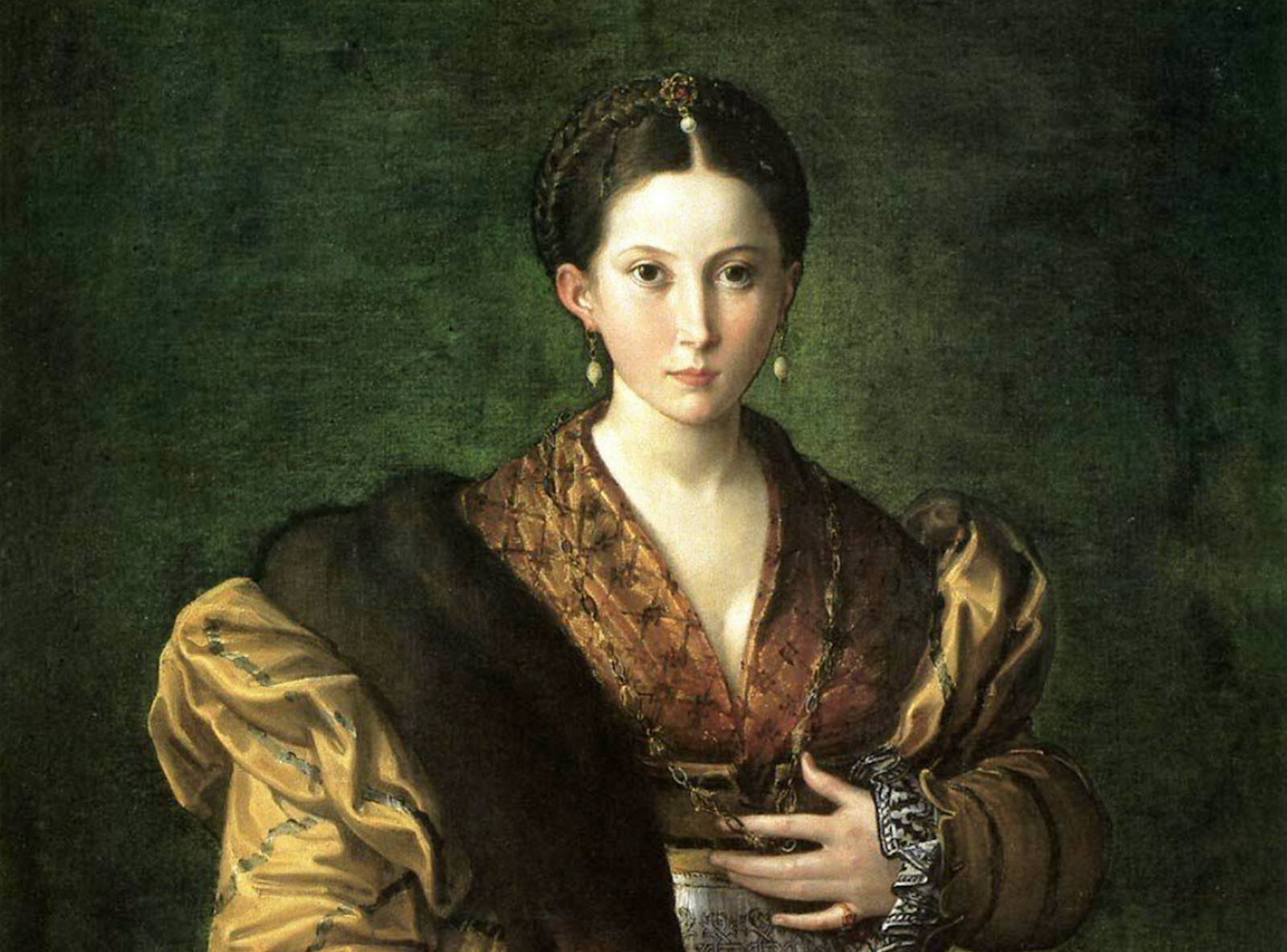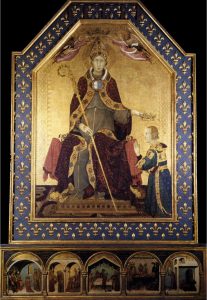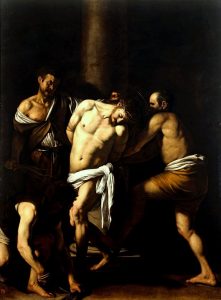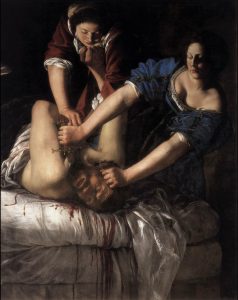Google “Naples, Italy” and you will immediately learn it is the birthplace of pizza. Google “Naples, Italy” and “art” and you will discover it to be one of the country’s most underrated cities for art. A brief history lesson reminds us that Naples was once the center of the Bourbon dynasty.
The city’s art historical hub, the Museo di Capodimonte (translated to head of the mountain) is situated on a hilltop overlooking the Bay of Naples and seamlessly pairs a superb art collection and majestic compound. King Charles (1716-1788), first Charles VII of Naples and Sicily and later Charles III of Spain, formed the collection in the 1730s as he built a stately country palace to house his expanding court and extensive art collection (featuring noteworthy examples of every form of art from coins and gems to paintings and bronzes) he inherited from his mother Queen of Spain, Elizabetta Farnese (1692-1766).
This article first appeared in La Nostra Voce, ISDA’s 28-page monthly newspaper, which chronicles Italian life, culture and traditions. Make the ISDA pledge and subscribe today!
Once crowned King of Spain, Charles relinquished the thrones of Naples and Sicily to his third son Ferdinand IV (1751-1825). When the latter fled the throne in 1799 as French troupes advanced, he took many of the collection’s masterpieces with him. During the French seizure of Naples, from 1806 to 1815, much of the remaining treasures were sent to the Naples Archeological Museum. When Ferdinand IV returned to the throne in 1815, he commenced a bold program, completed in 1840, to redecorate and expand the palace. The 1860s saw the palace transfer to the House of Savoy and ultimately with the end of royal rule and unification of the country, a national museum by 1957.
The famed Farnese collection forms the cornerstone of the then royal and now public collection. Assembled by Pope Paul III Farnese (1468-1549) and his grandson Cardinal Alessandro Farnese (1520-1589), these great men commissioned works from the icons of the Italian Renaissance. Housed in a palace outfitted with royal apartments, grand marble staircases and floors, spectacular frescoes, and all manner of bronze and gold architectural accents, the vast collection is comprised mostly of Italian paintings and decorative arts, a modest sampling of the over 1,700 remarkable artworks include the following.
Arguably the most famous Sienese artists, Simone Martini (1280/85-1344) painted in the Italian gothic manner and focused on religious imagery against shimmering gold backgrounds. Altar of St. Louis of Toulouse shows the saint, a Neapolitan prince and Catholic bishop, enthroned with his brother at his feet and a multi-paneled section below (called a predella) illustrating five miraculous scenes from the saint’s life.
Between 1509 and 1511, Raphael was commissioned to paint the portrait of Cardinal Alessandro Farnese, the future Pope Paul III and commissioner of the Sistine Chapel’s Last Judgment by Michelangelo. Full of naturalism and grace, Raphael placed the Cardinal in an interior space but with a charming landscape in the distance.
In 1520, Parmigianino painted one of his most phenomenal female portraits, Antea. With a stern expression on her arresting face, lavish fur and lace clothing, subtle jewelry, and perfectly braided hair, the painting has had quite the life. First documented in the Farnese collection in the late 1600s and transferred to Naples in the 1730s, Anteawas removed for safekeeping during World War II, but ultimately stolen by German soldiers and brought to Berlin where it was hidden by them in the Altaussee salt mines, and ultimately returned to Italy in 1945.
The virtuoso of the Venetian school of paintings, Titian painted at least six works depicting the mythological story of Danaë – the princess who was seduced and impregnated by Zeus when he appeared to her in the form of a shower of golden coins. Capodimonte’s version dates to 1544-46 and is the first portrayal showing the half-nude Danaë reclining on a plush bed, looking up into the cloud of gold coins, and unique among the series, with Cupid and his bow at the end of her bed.
A typical cringe-worthy painting by Caravaggio’s is the Flagellation of Christ, where the notorious artist graphically shows two soldiers restraining Christ with all the drama and precise lighting of the Italian Baroque style. The twisting bodies, dirty feet, and contorted facial expressions of the life-sized figures make the viewer tense with emotion and anticipation for the bodily harm about to be inflicted upon Christ.
One of the greatest disciples of Caravaggio was Artemisia Gentileschi. The apocryphal story of Judith and Holofernes was paramount in her paintings. According to the biblical story, Judith, an Israelite, manipulates her way into the tent of the Assyrian general Holofernes with the intent to assassinate him for his imminent destruction of her city Bethulia and its people. While the scene is quite shocking with exacting details of blood spurting from Holofernes’ neck, the faces of Judith and her maidservant are calm and purposeful.
In addition to the spectacular art collection and central palace, the awe-inspiring hilltop estate also boasts exquisite gardens, and regal ancillary building such as a chalet, hunting lodges, the Capodimonte Porcelain Factory (established in 1734 by King Charles), and just below the museum the church and catacombs of San Gennaro. At an easy shuttle ride (€16.00 for round-trip shuttle service and entrance to the Museum) from the city’s historic center, go to Naples for the pizza, and stay a few days for the art.
Marisa J. Pascucci is a curator and art historian. She has worked for art museums across the United States throughout her career. She is currently an independent visual arts professional in greater Charlotte, NC.
Join Sunday Supper, OrderISDA’s weekly e-newsletter, for the latest serving of all things Italian.
Make the pledge and become a member of Italian Sons and Daughters of America today!








